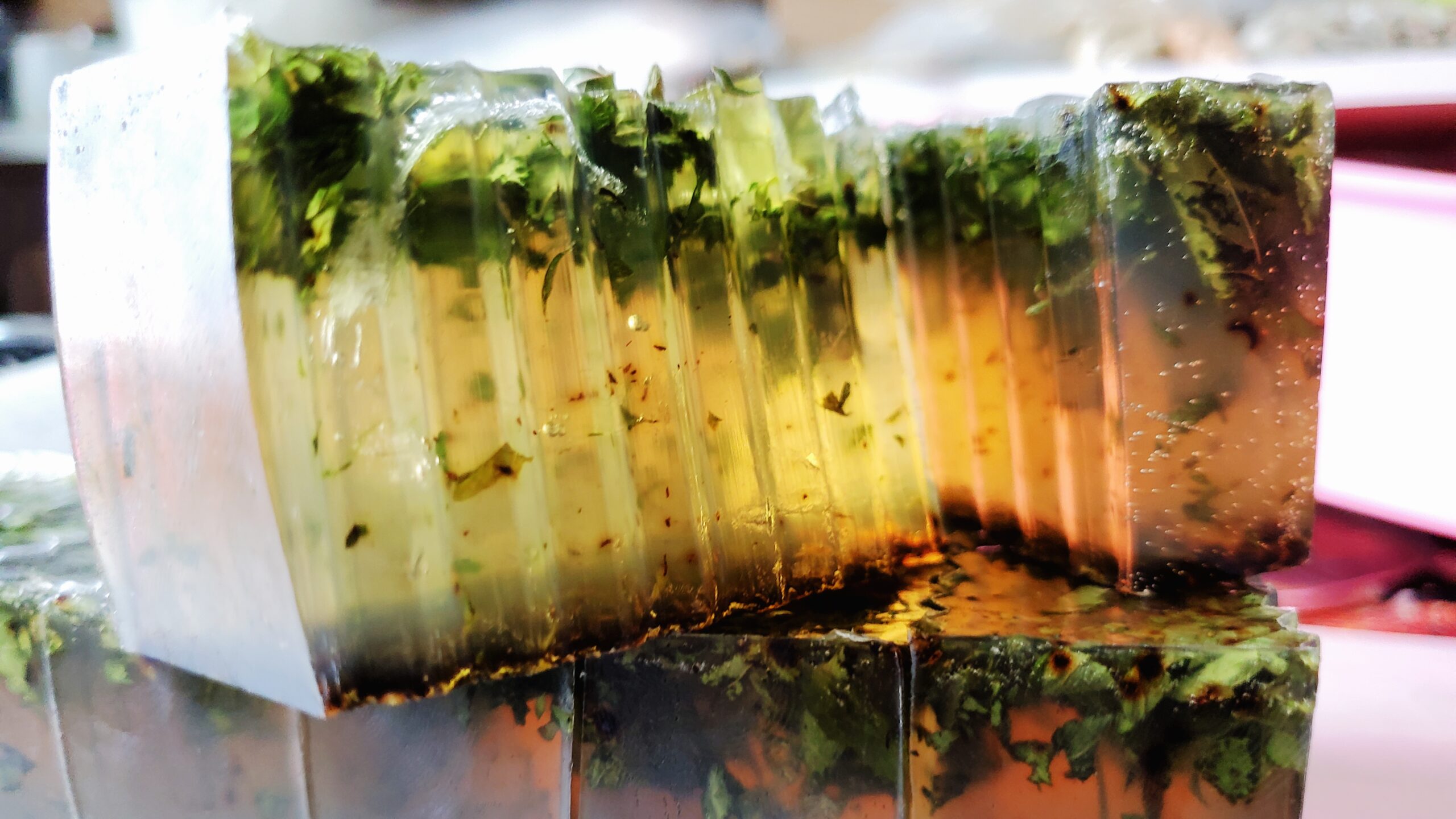Here is a breakdown of all of the healing properties that are experienced with this unique series:
SOAP INGREDIENTS:
Matcha Green Tea: Protective effects on organisms exposed to Pd and Cb. One of the most powerful antioxidant enhance cellular oxidization.
Lemon Balm: Fights against symptoms of heavy metal accumulation.
Lemon Grass Oil: Balance skin’s PH, relieves headache, Increase confidence and self love, improves skin tone.
Glycerin Soap: Help maintain skin’s moisture.
Sunflower Oil: addresses itchy, dry skin (a symptom of heavy metal accumulation)
TEA INGREDIENTS:
Dried Wild Blueberry: draws heavy metals out of your brain tissue and heal and repair gaps created by oxidation when metals are removed.
Lemon Slice: removes Toxins could erode tooth enamel.
Jasmine Green Tea: Green teas heavy metal can help reduce toxic heavy metals in the body. Interactions: Kidney Stones
Green tea contains oxalates, compounds found in many plants. Oxalates bind with calcium. When this occurs in the body, kidney stones may form.
Liver Damage
Green tea extract is connected to 24 cases of liver damage, according to one report. If you have concerns about liver health, talk to your doctor before using green tea extracts or drinking jasmine tea.
ABSTRACT: Heavy metals are naturally occurring elements that have a high atomic weight and a density at least 5 times greater than that of water. Their multiple industrial, domestic, agricultural, medical and technological applications have led to their wide distribution in the environment; raising concerns over their potential effects on human health and the environment. Their toxicity depends on several factors including the dose, route of exposure, and chemical species, as well as the age, gender, genetics, and nutritional status of exposed individuals. Because of their high degree of toxicity, arsenic, cadmium, chromium, lead, and mercury rank among the priority metals that are of public health significance. These metallic elements are considered systemic toxicants that are known to induce multiple organ damage, even at lower levels of exposure. They are also classified as human carcinogens (known or probable) according to the U.S. Environmental Protection Agency, and the International Agency for Research on Cancer. This review provides an analysis of their environmental occurrence, production and use, potential for human exposure, and molecular mechanisms of toxicity, genotoxicity, and carcinogenicity.
EXS. Author manuscript; available in PMC 2014 Aug 26.
Published in final edited form as:
EXS. 2012; 101: 133–164.

hello!,I like your writing so so much! share we communicate extra about your article on AOL? I require a specialist in this area to solve my problem. May be that’s you! Having a look ahead to see you.